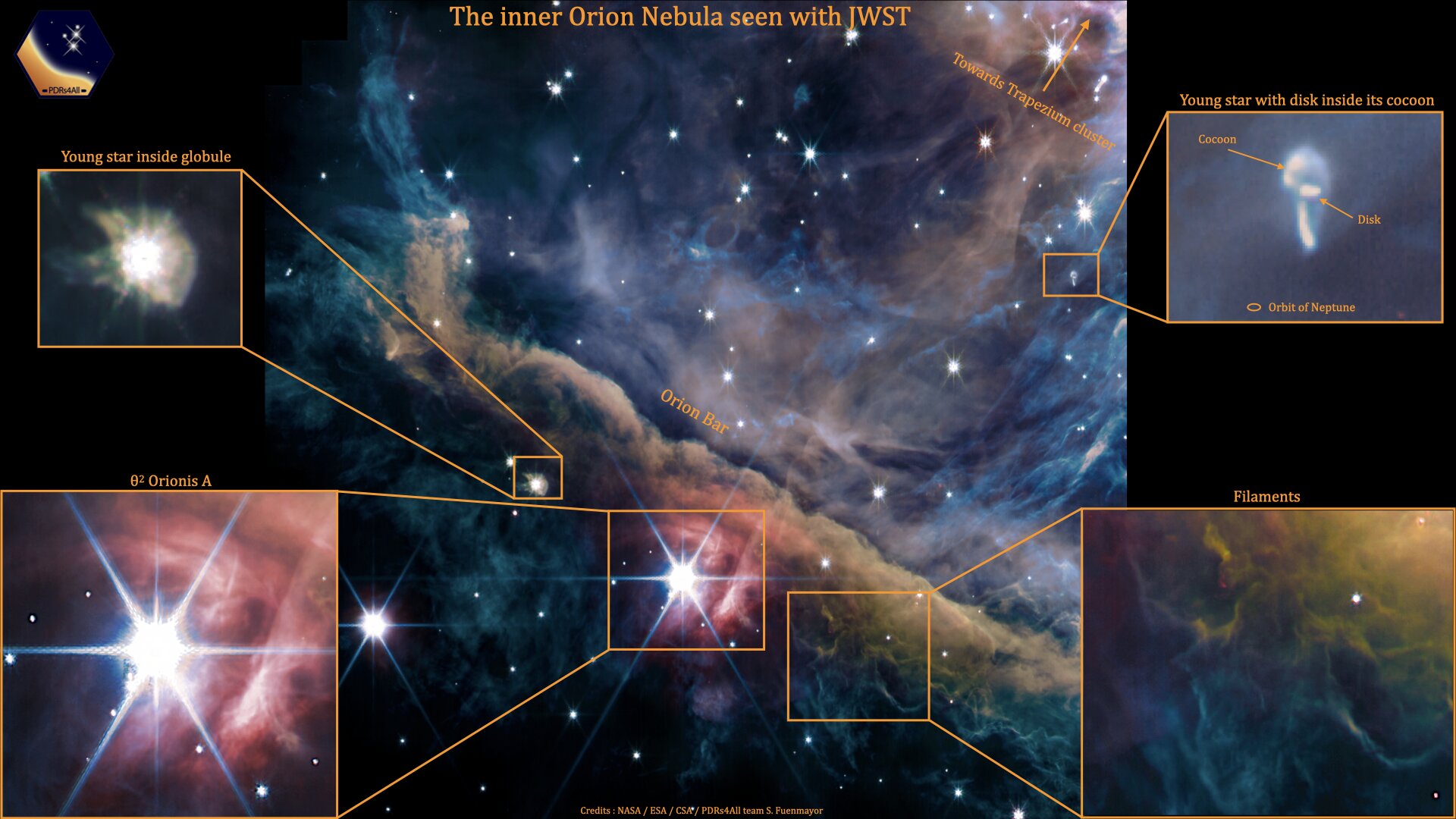James Webb is able to investigate atmospheres of planets 700 light years away


NASA’s James Webb Space Telescope just got another first: a molecular and chemical profile of the skies of a distant world. This had never been achieved at such a distance.
While the James Webb and others telescopes spacecraft, such as Hubble and Spitzer of the POThave previously revealed ingredients isolated from the atmosphere of this boiling planet, the new readings from the James provide a comprehensive analysis of atoms and molecules.
The latest data also gives an idea of what these clouds might look like up close: fragmented rather than a single, uniform blanket over the planet. The telescope’s highly sensitive instrument suite has been directed into the atmosphere of WASP-39b, a planet that orbits around a star located about 700 light years away.
The findings are a demonstration of the capacity of the instruments of the James Webb to carry out the wide range of investigations of all types of exoplanets that the scientific community expects.
“We observe the exoplanet with multiple instruments that, together, provide a wide swath of the infrared spectrum and a panoply of chemical signatures inaccessible until this mission. Data like this is a game changer“, explains Natalie Batalha, an astronomer at the University of California who participates in NASA research.
The discoveries of James Webb
The set of discoveries is detailed in a set of five new scientific articles, three of which are in press and two under review, they explain in the NASA website.
Among the unprecedented revelations is the first detection in the atmosphere of an exoplanet of sulfur dioxide (SO2), a molecule produced by chemical reactions triggered by high-energy light from the planet’s parent star. On Earth, the protective ozone layer of the upper atmosphere is created in a similar way.
This led to another first: the scientists applied photochemical computer models to data that require such physics to be fully explained. The resulting improvements in modeling will help build the technological knowledge to interpret possible signs of habitability in the future.
The proximity of the planet to its host star, eight times closer than Mercury to our Sun, also makes it a laboratory to study the effects of radiation of host stars on exoplanets.
A better understanding of the star-planet connection should provide a deeper understanding of how these processes affect the diversity of planets observed in the galaxy. and thus it would be easier to find planets that can harbor life.
How was it possible to observe the atmosphere at 700 light years?
To view the light from WASP-39 b, James Webb tracked the planet as it passed in front of its star, allowing some of the star’s light to filter through the planet’s atmosphere.
Different types of chemicals in the atmosphere absorb different colors of the spectrum of starlight, so the missing colors tell astronomers which molecules are present. By observing the universe in infrared light, the telescope can pick up chemical signatures that cannot be detected in visible light.
Other atmospheric components detected by the telescope are sodium (Na), potassium (K) and water vapor (H2O), confirming previous observations made with space and ground-based telescopes, as well as finding other traces of water, in these longer wavelengths, which had not been seen before.
The James Webb also observed carbon dioxide (CO2) at a higher resolution, providing twice the data than reported in its previous observations. On the other hand, carbon monoxide (CO) was detected, but the Webb data showed no obvious signs of methane (CH4) or hydrogen sulfide (H2S).
To capture this broad spectrum of WASP-39 b’s atmosphere, an international team of hundreds of people independently analyzed the data of four of the finely calibrated instrument modes of the James Webb telescope.
As said a few years ago, the James Webb is humanity’s greatest achievement. At least at the scientific and technological level. Not only for the engineering work that it is, but for what it is contributing to human knowledge.
Reference-computerhoy.com